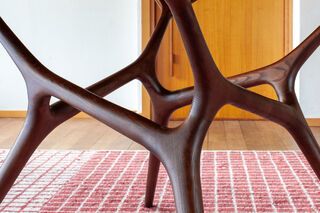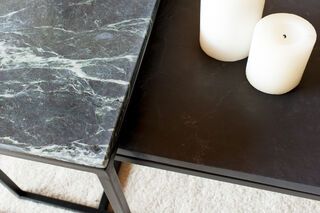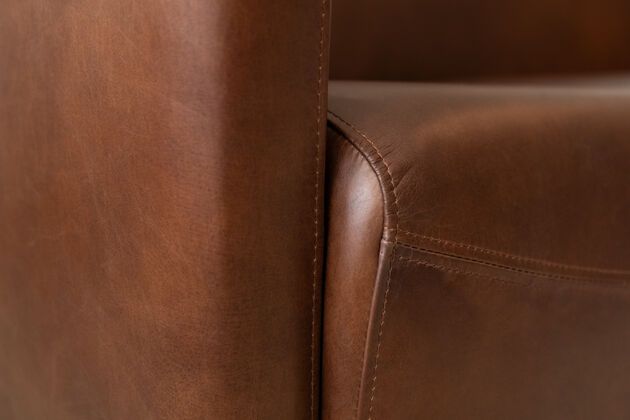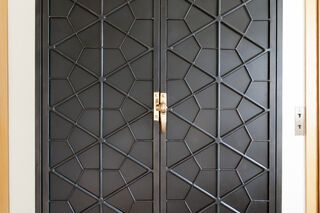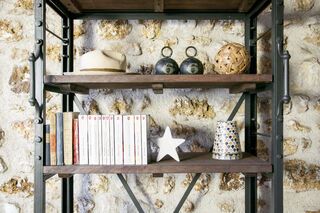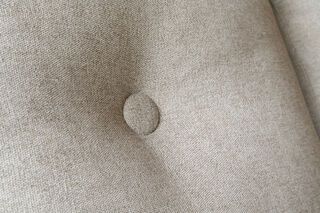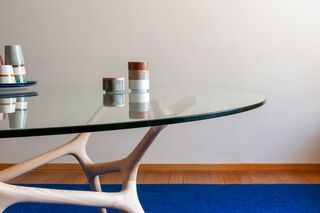assistant
10 festive days
Materials
Materials directly influence the appearance, durability and perception of furniture. Solid wood, weathered metal, ceramic or rattan create clean, coherent atmospheres. The Materials category helps you understand the visual and functional impact of each surface in an interior. Each material engages a different relationship to light, texture and touch. The choice of materials is more than just decorative: it determines the use, maintenance and overall balance of a room. This gallery provides a clear guide to these parameters. read more >
Understanding materials for better interior design
The choice of materials is a structuring step in any interior design project. Each material has its own characteristics that influence both the use and perception of the objects that use it. Solid wood, for example, offers structural strength and visual stability. Metal, often used in bases or structures, introduces clean lines and a feeling of lightness or robustness, depending on its finish. Natural fibers such as rattan or linen lend a softer texture, ideal for relaxing spaces. Glass or ceramics, on the other hand, modify the relationship to light, with reflections, transparencies or surface effects that attract the eye differently depending on the lighting environment.
Organizing volumes and reading spaces through materials
Materials play a part in the visual hierarchy of a space. Matt finishes absorb light and soften contrasts, while glossy surfaces reinforce them. Dark wood furniture will tend to visually anchor an area, whereas a light-colored or translucent top will appear more ethereal. The roughness or softness of a material also affects the perceived atmosphere: it influences the furniture's intended use, the frequency of contact, or the intensity of its presence. In a well-designed interior, materials are not distributed randomly, but according to their function and role in the spatial ensemble. They can emphasize a circulation axis, mark a transition between two uses or signal a focal point in the room.
Materials: impact on furniture care and aging
Aside from aesthetics, materials also determine care conditions. Leather requires regular care to maintain its suppleness. Oiled or waxed wood needs periodic nourishment to prevent drying out. Varnished surfaces, on the other hand, offer a protective barrier but can be sensitive to scratches. Untreated metal can change over time, while stainless steel remains stable but can be cold to the touch. Choosing a material means anticipating how it will hold up over time, depending on the actual use to which the furniture will be put. This practical dimension is added to aesthetic considerations to guide a coherent, durable choice adapted to the everyday environment.
Knowing the properties of different materials helps avoid functional or visual inconsistencies. This detailed understanding helps to structure an interior that is both legible, comfortable and sustainable.
